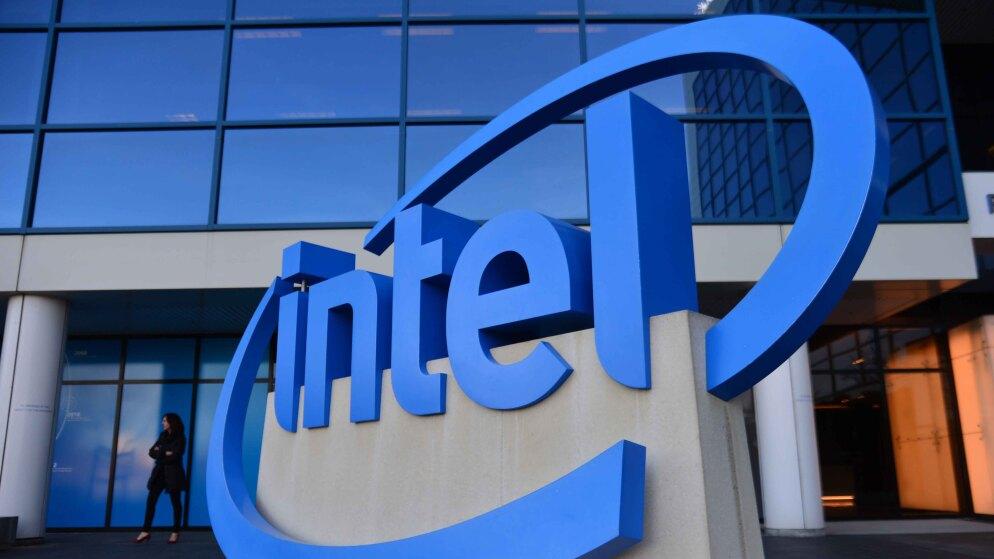Intel Demonstrates First Fully Integrated Optical I/O Chiplet

Intel’s OCI chiplet represents a leap forward in high-bandwidth interconnect by enabling co-packaged optical input/output (I/O) in emerging AI infrastructure for data centers and high performance computing (HPC) applications.
What It Does: This first OCI chiplet is designed to support 64 channels of 32 gigabits per second (Gbps) data transmission in each direction on up to 100 meters of fiber optics and is expected to address AI infrastructure’s growing demands for higher bandwidth, lower power consumption and longer reach. It enables future scalability of CPU/GPU cluster connectivity and novel compute architectures, including coherent memory expansion and resource disaggregation.
Why It Matters: AI-based applications are increasingly deployed globally, and recent developments in large language models (LLM) and generative AI are accelerating that trend. Larger and more efficient machine learning (ML) models will play a key role in addressing the emerging requirements of AI acceleration workloads. The need to scale future computing platforms for AI is driving exponential growth in I/O bandwidth and longer reach to support larger processing unit (CPU/GPU/IPU) clusters and architectures with more efficient resource utilization, such as xPU disaggregation and memory pooling.
How It Works: The fully Integrated OCI chiplet leverages Intel’s field-proven silicon photonics technology and integrates a silicon photonics integrated circuit (PIC), which includes on-chip lasers and optical amplifiers, with an electrical IC. The OCI chiplet demonstrated at OFC was co-packaged with an Intel CPU but can also be integrated with next-generation CPUs, GPUs, IPUs and other system-on-chips (SoCs).
The current chiplet supports 64 channels of 32 Gbps data in each direction up to 100 meters (though practical applications may be limited to tens of meters due to time-of-flight latency), utilizing eight fiber pairs, each carrying eight dense wavelength division multiplexing (DWDM) wavelengths. The co-packaged solution is also remarkably energy efficient, consuming only 5 pico-Joules (pJ) per bit compared to pluggable optical transceiver modules at about 15 pJ/bit. This level of hyper-efficiency is critical for data centers and high-performance computing environments and could help address AI’s unsustainable power requirements.
“The ever-increasing movement of data from server to server is straining the capabilities of today’s data center infrastructure, and current solutions are rapidly approaching the practical limits of electrical I/O performance. However, Intel’s groundbreaking achievement empowers customers to seamlessly integrate co-packaged silicon photonics interconnect solutions into next-generation compute systems. Our OCI chiplet boosts bandwidth, reduces power consumption and increases reach, enabling ML workload acceleration that promises to revolutionize high-performance AI infrastructure.”
– Thomas Liljeberg, senior director, Product Management and Strategy, Integrated Photonics Solutions Group
Source: Intel. Read the full article here.